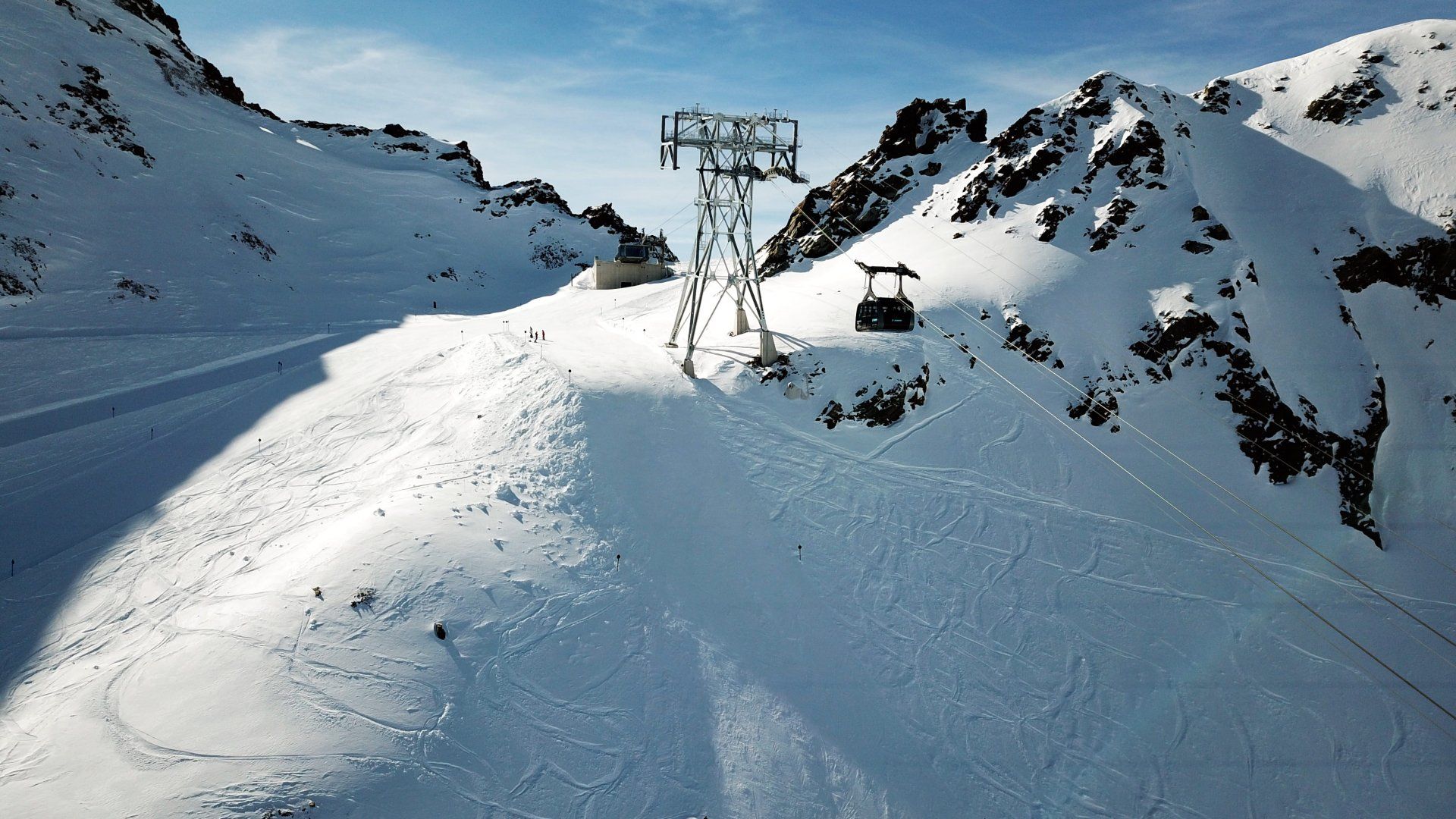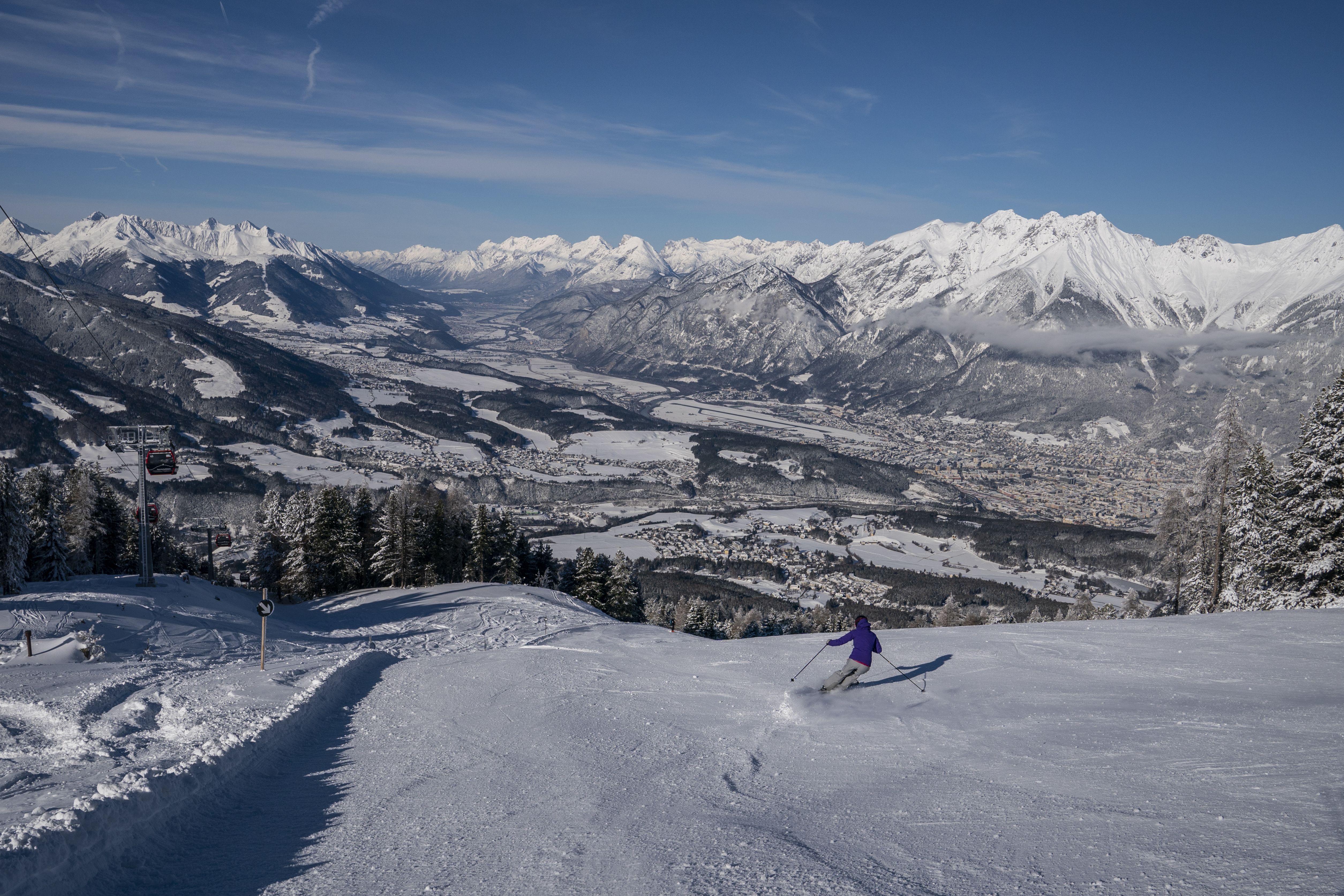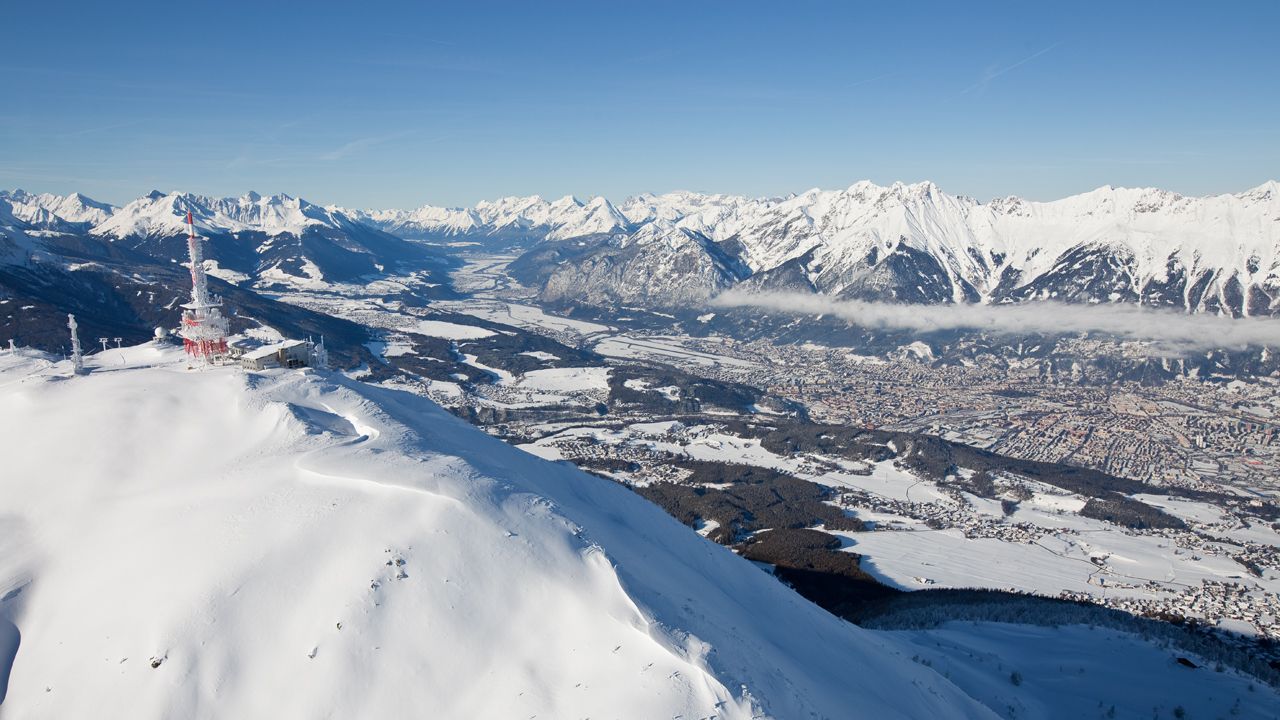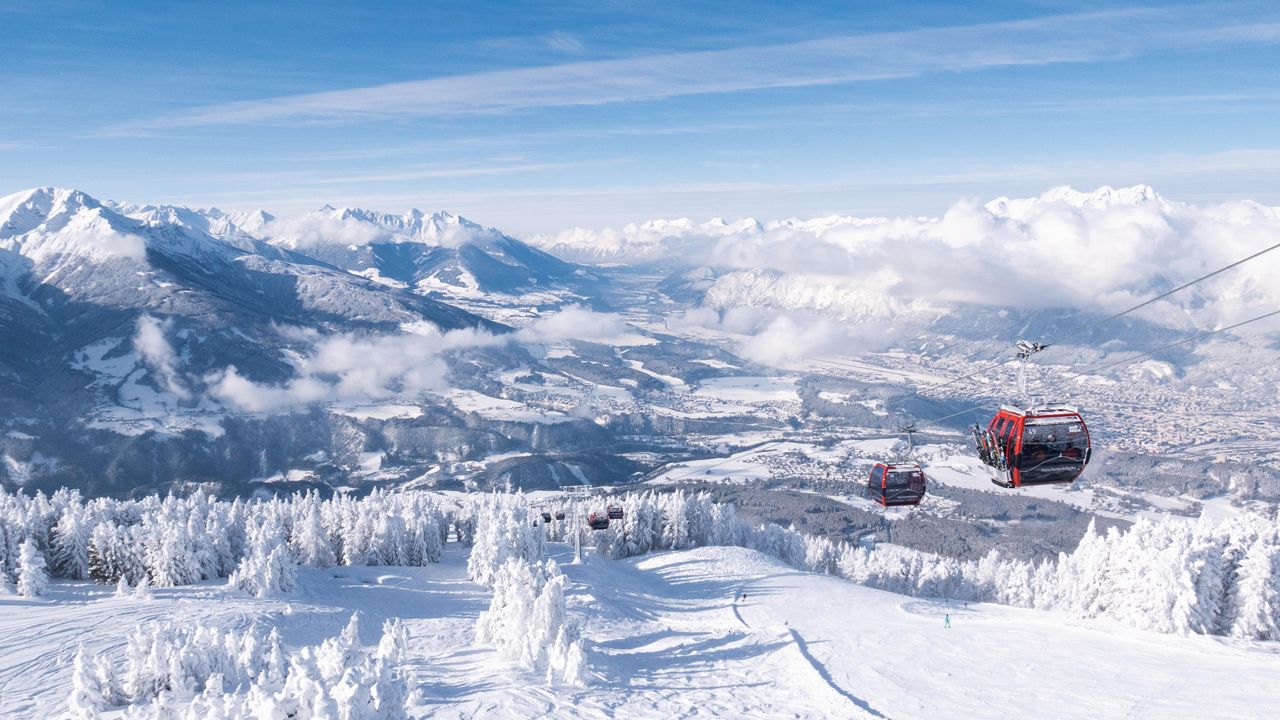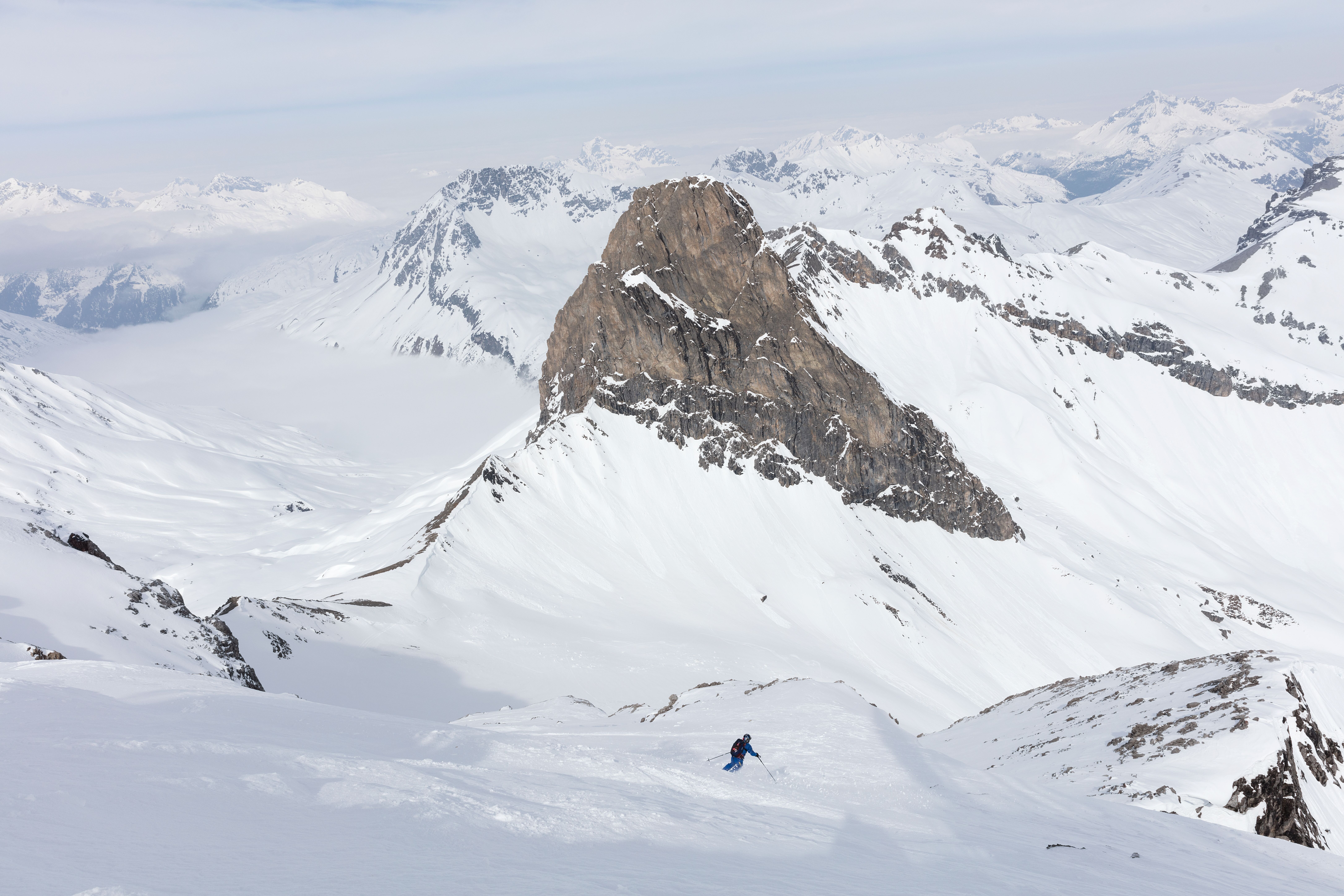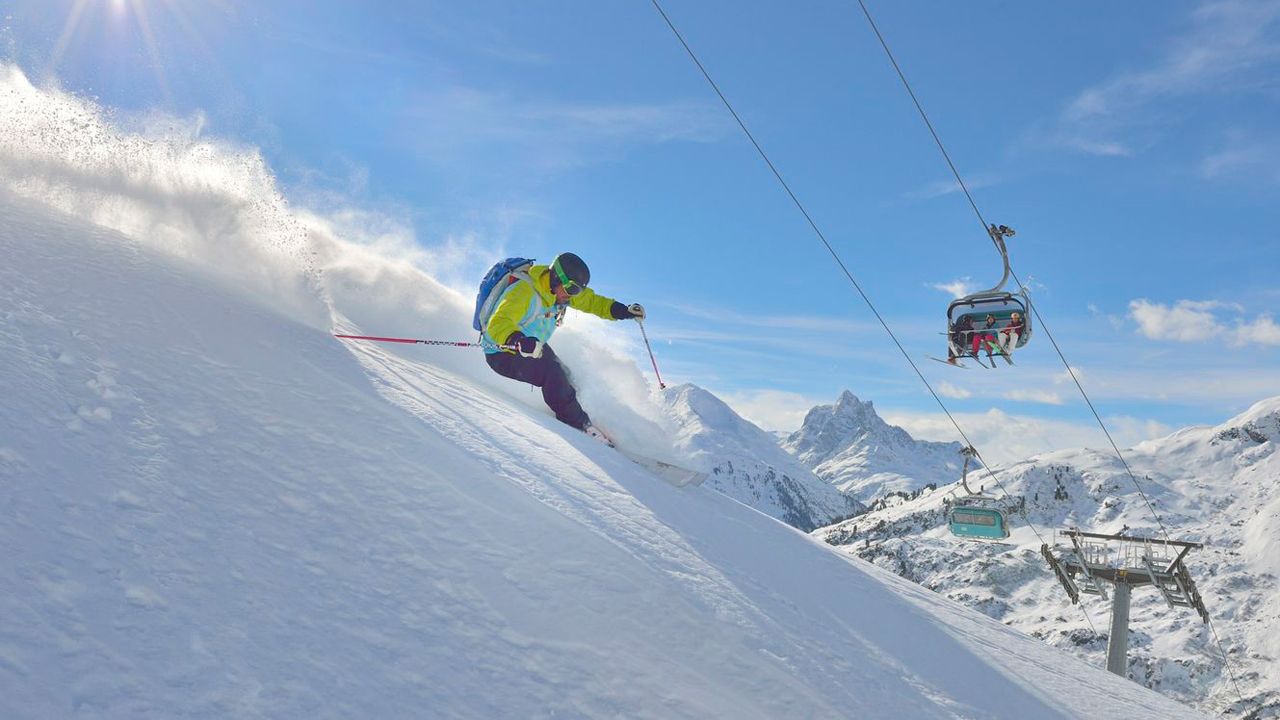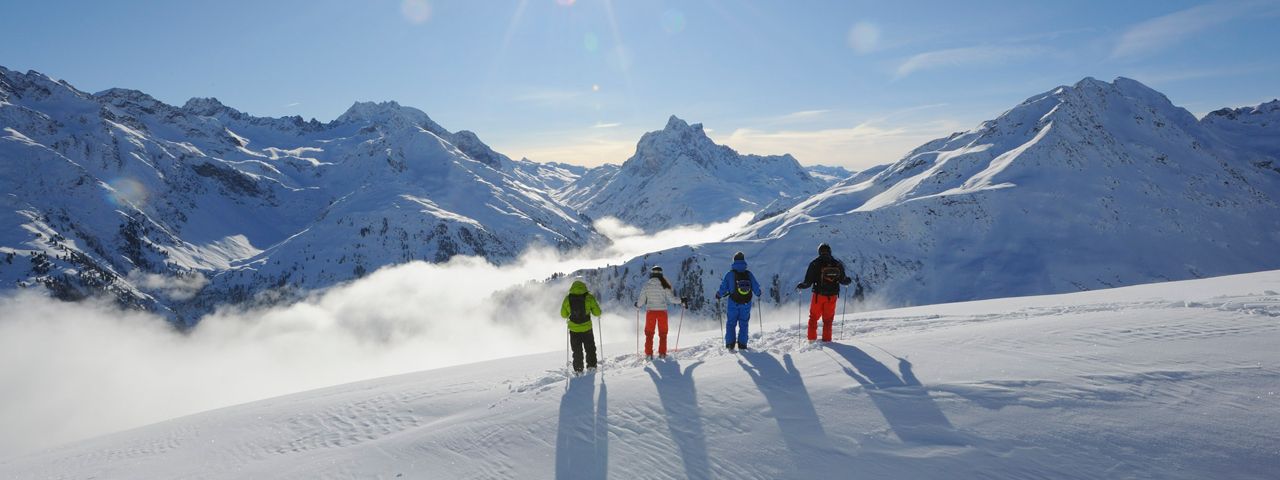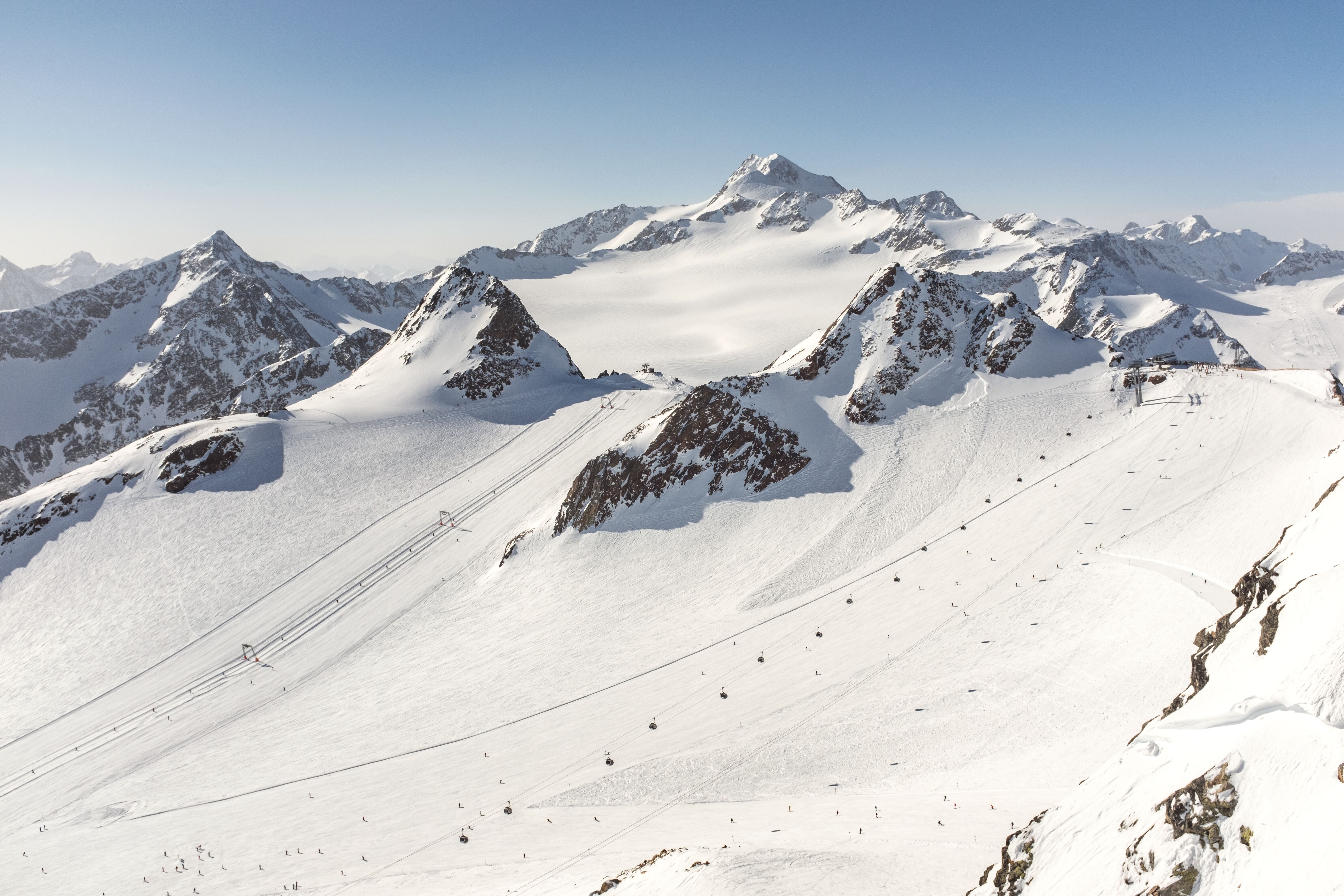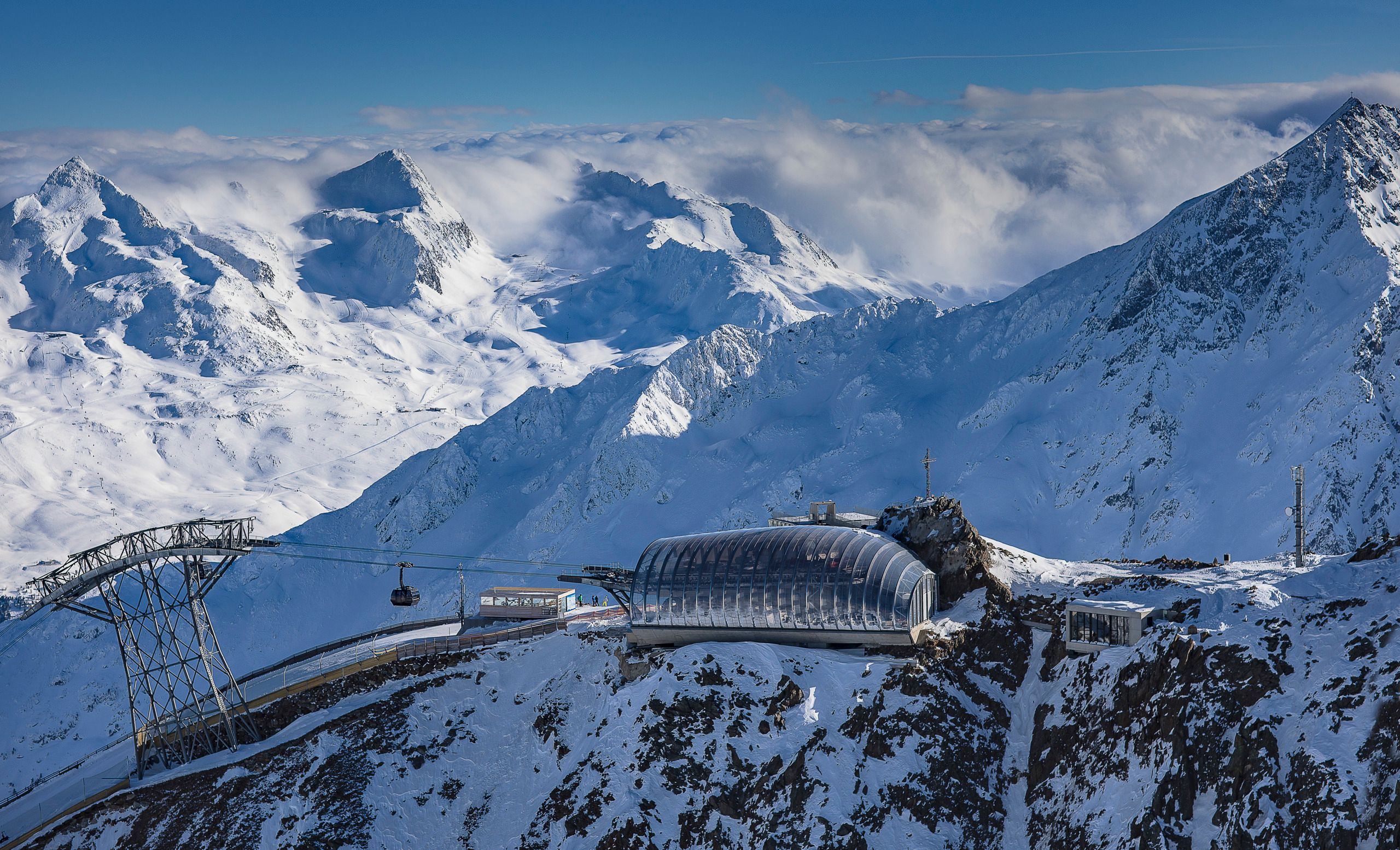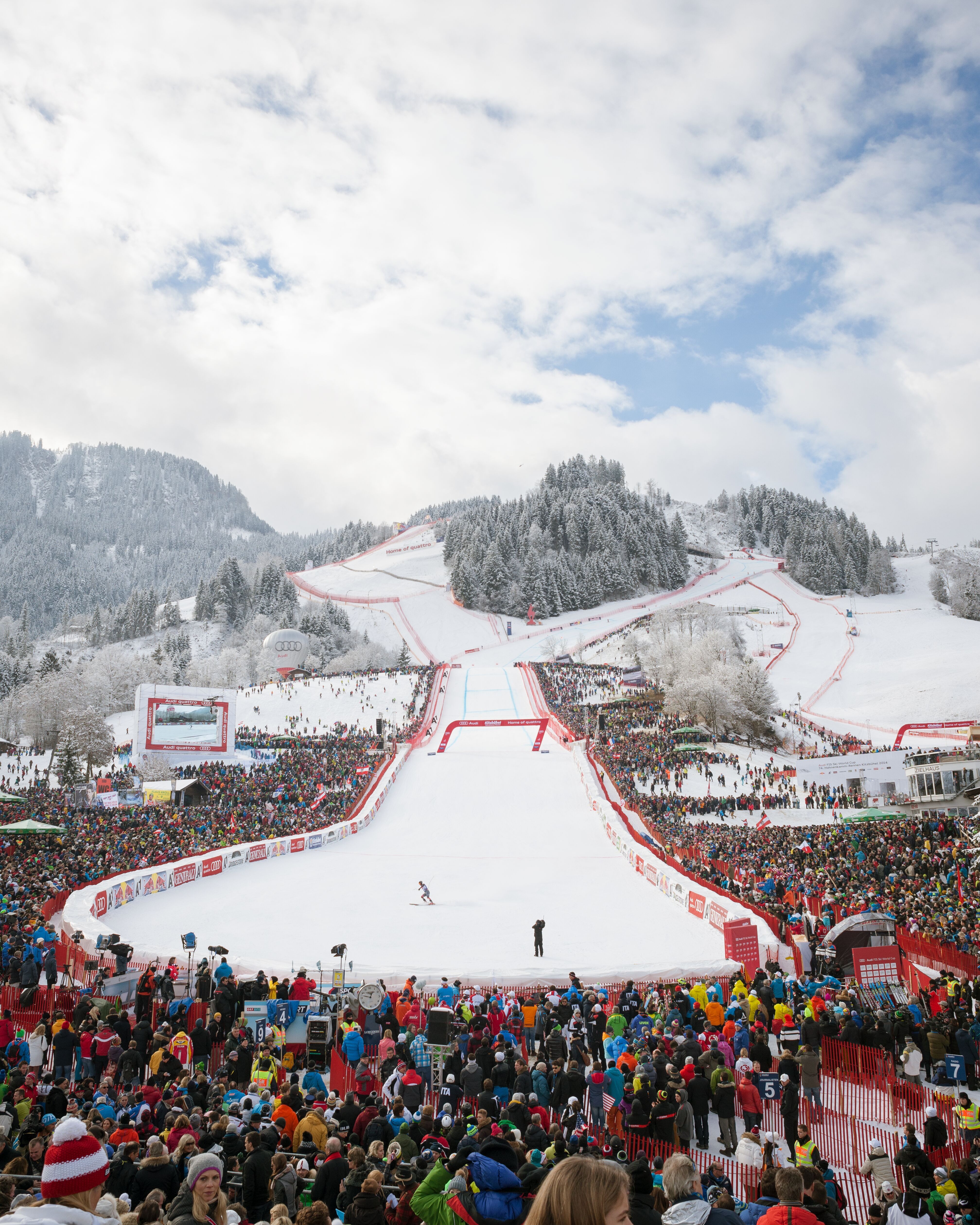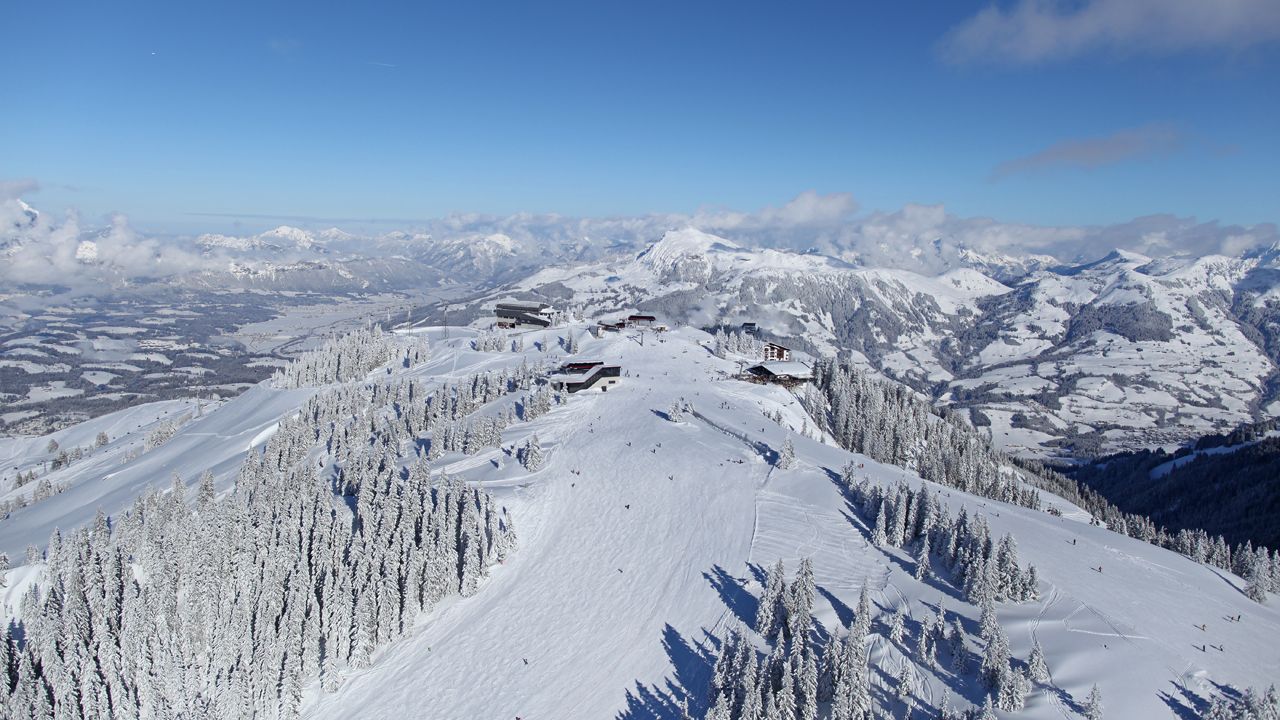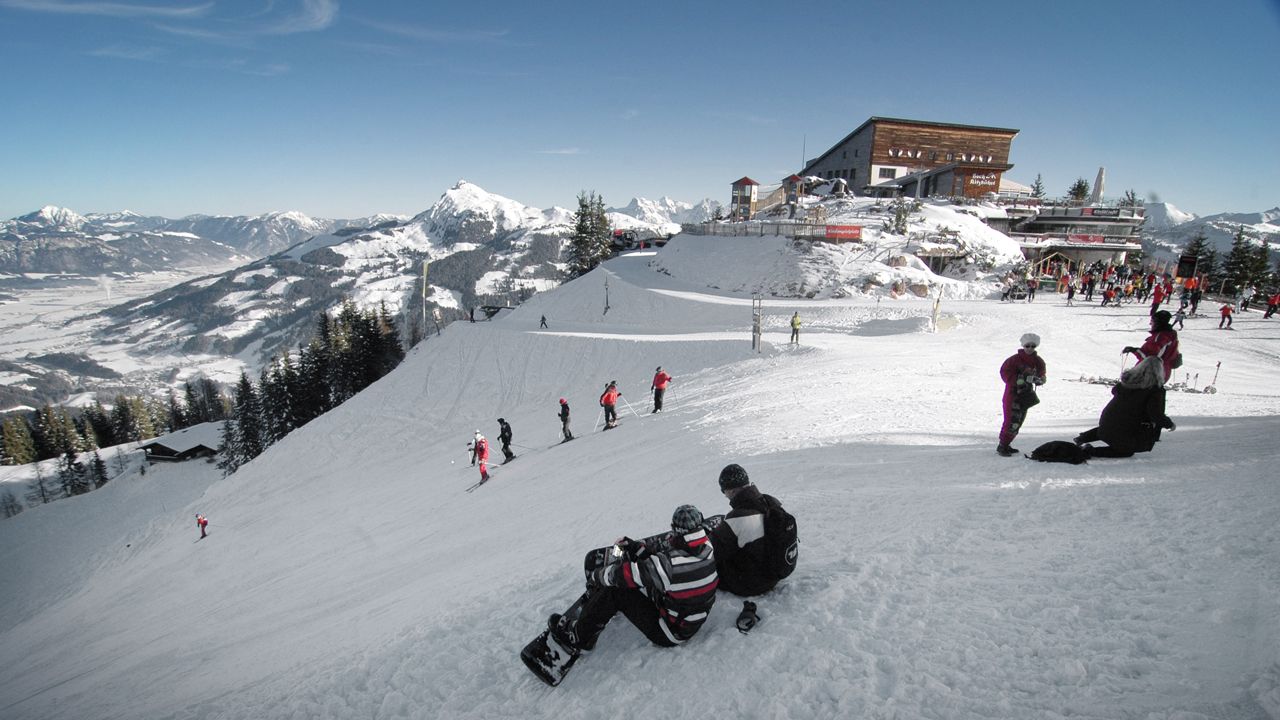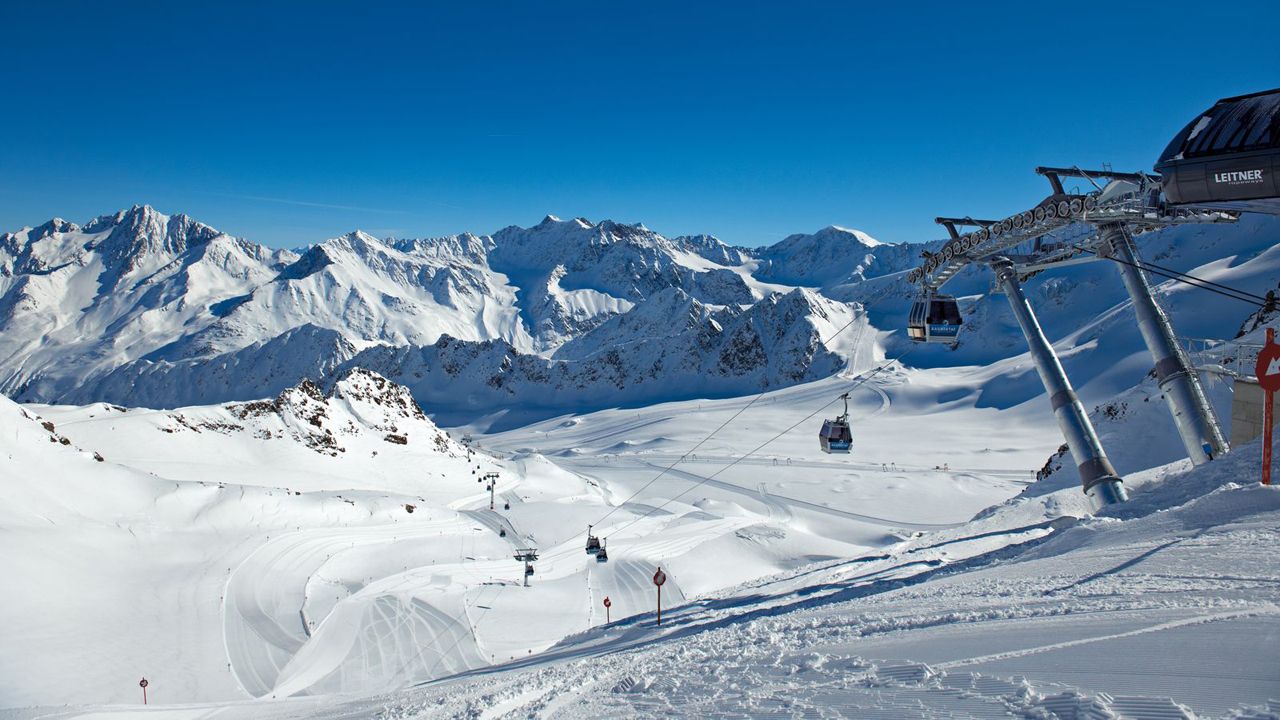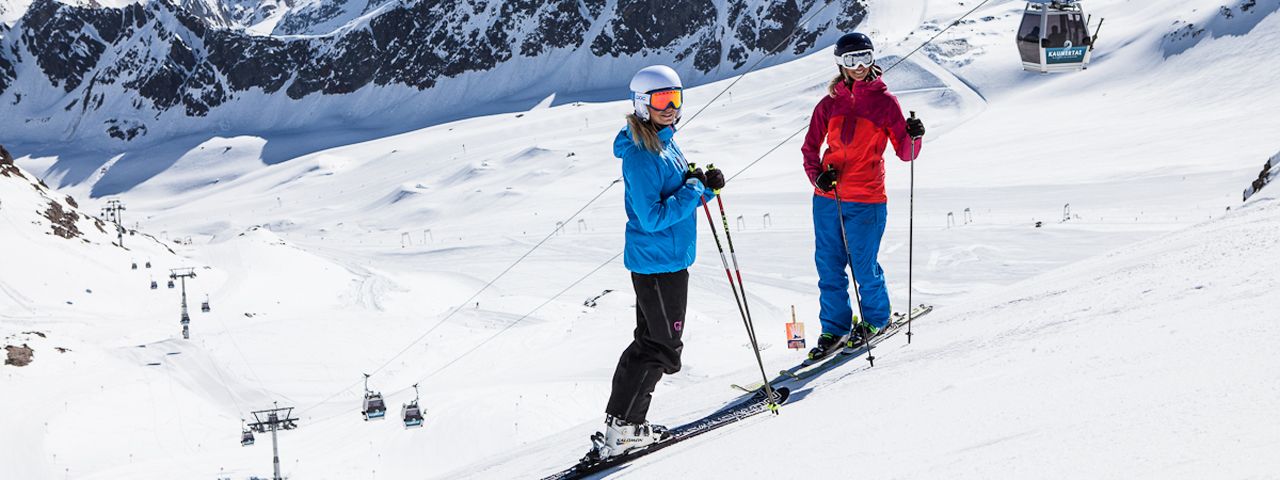The 1976 Winter Olympics cemented Austria's reputation as a skiing nation. Back then, 60,000 spectators came to the Patscherkofel to see Franz Klammer win the Olympic downhill. At the intermediate time, however, he was only in third place. Klammer gave it his all, came close to crashing several times and even skied off the actual course in the "Bäreneck". His audacity earned him Olympic gold. And Innsbruck's "home slope" went down in history.
Tyrol's ski slopes are particularly popular with skiers of all levels due to their location, long tradition of winter sports and unique runs.
